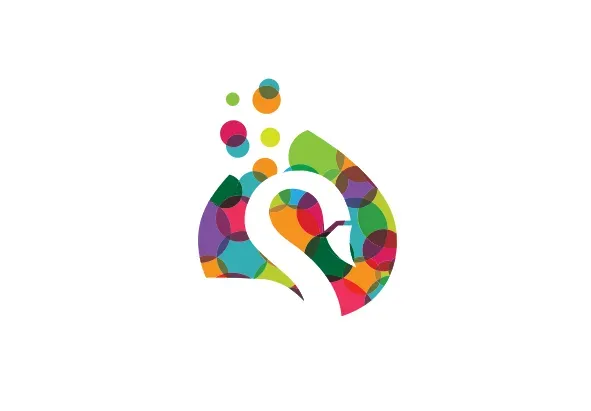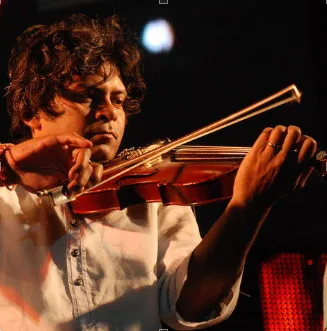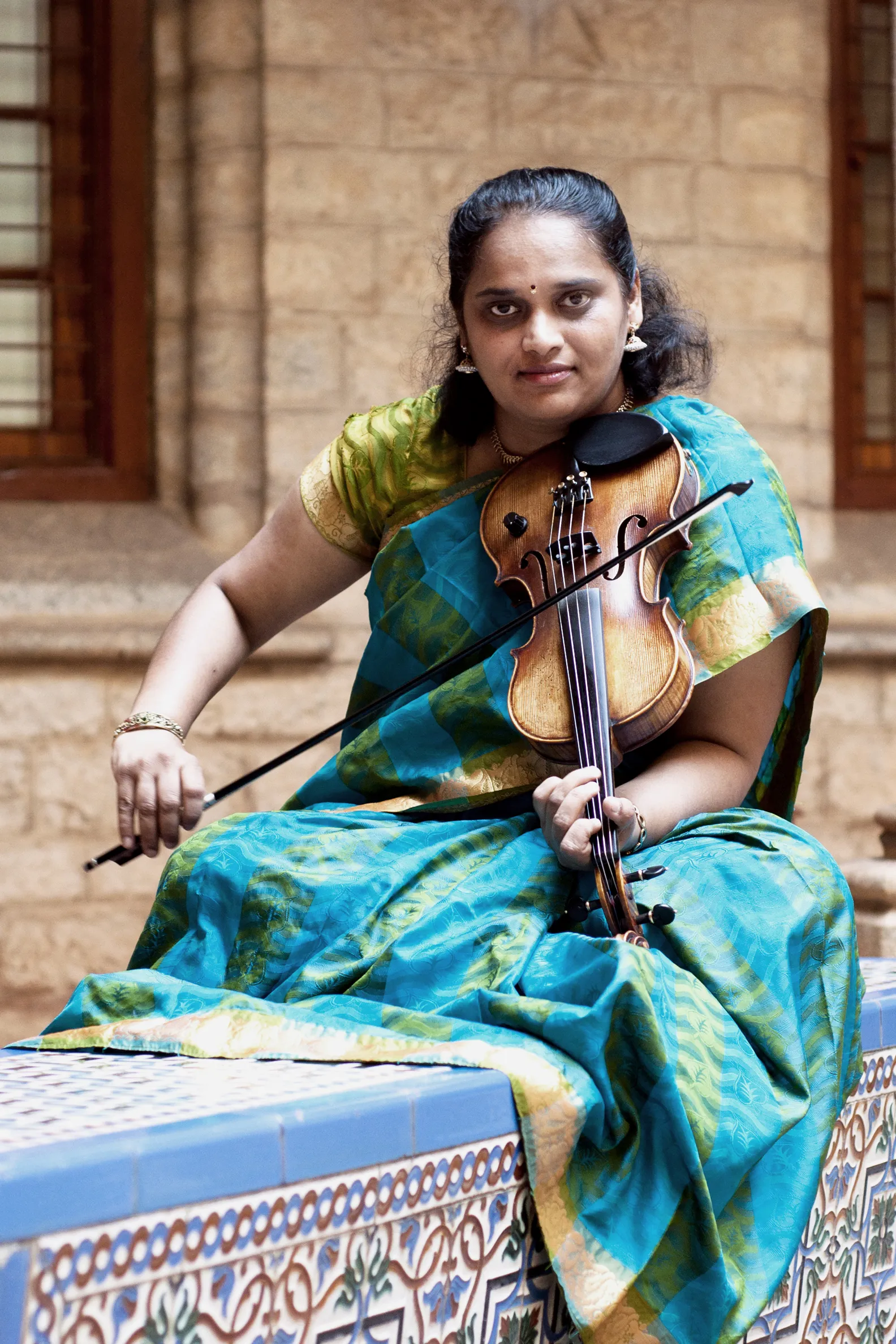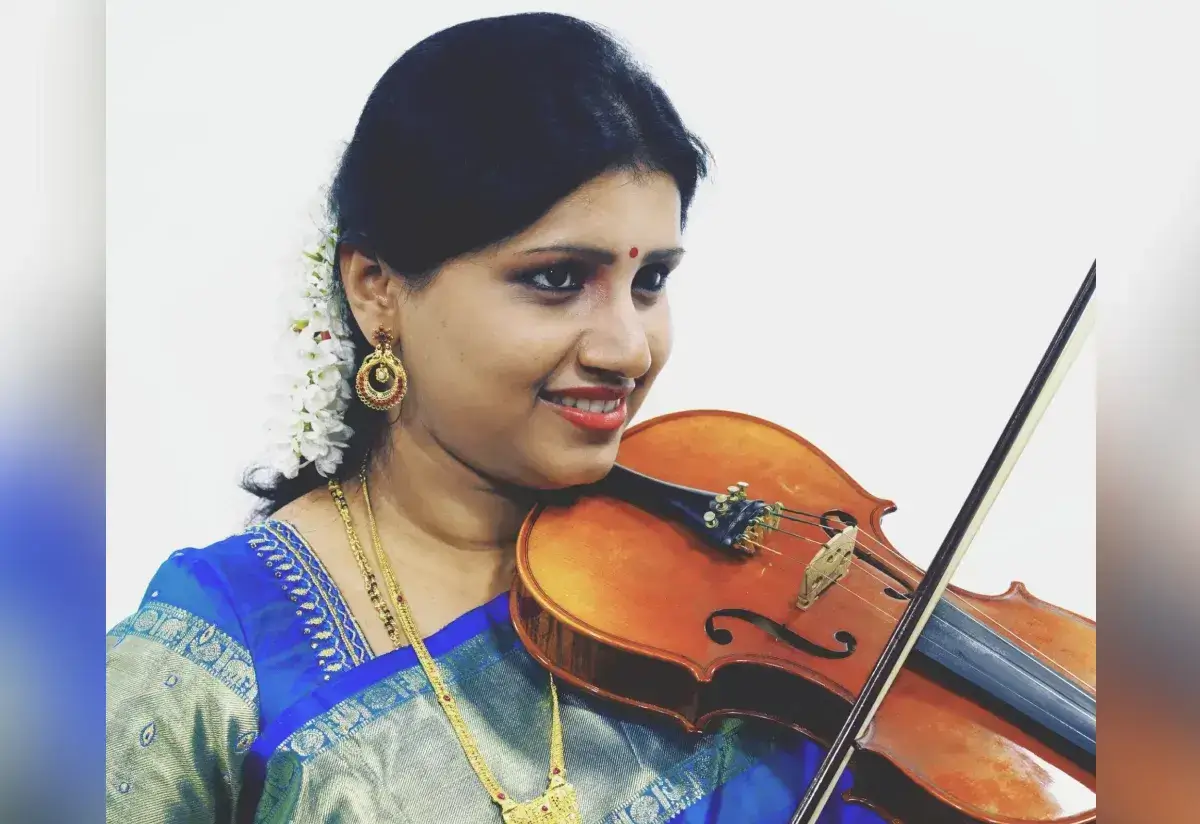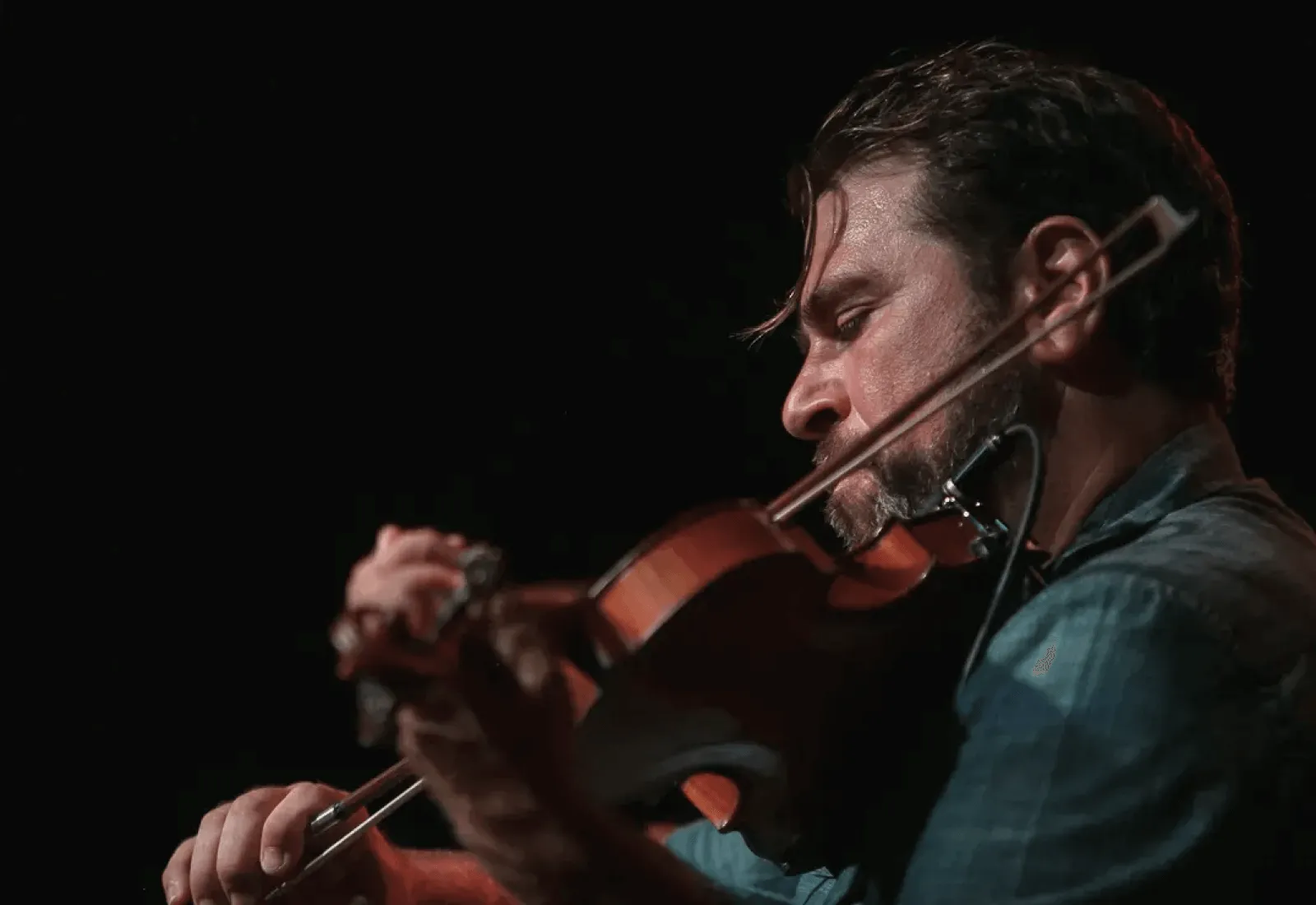How to Play Violin for Beginners
There are so many things to consider when you’re starting a new musical instrument!
One does have to calculate how much time would be able to dedicate to the chosen musical instrument.
What level will they wish to achieve with their learning - is it for leisure or for professional purposes?
It can all be a little too overwhelming - what age is best to start, what accessories do you need, and will you even enjoy this?
In this article, we are introducing the musical instrument Violin to first-timers - covering all the pointers you would need to know before you begin learning.
We’re here to make the start of your musical journey a little easier - we know exactly how you’re feeling and it’s our pleasure to share our advice with you.
Our Violin Beginners guide is perfect for learners of all age groups and different walks of life.
Here's a Violin Beginner's Guide:
What Are The Different Components Of The Violin
This hourglass-shaped string instrument consists of several basic parts, and the most important elements are explained here.
Chinrest (1): The spot on which your jaw rests when you’re playing (come to think of it, it should be called a “jaw rest”). Your chinrest is attached just to the left of the tailpiece by a special metal bracket.
Tailpiece (2): A flared-shaped piece of wood to which the top end of each string is attached. The tailpiece itself is attached to the end button by a gut or synthetic loop.
Bridge (3): The bridge is slightly rounded to match the shape of the fingerboard and to enable the player to bow on one string at a time.
F-holes (4): The openings on either side of the bridge. They’re called f-holes because they’re shaped like the italic letter f.
Body (5): The body or the “waist” of the violin is actually a necessary indentation so that the bow can move freely across the strings without bumping into the player.
Strings (6): The four metal-wrapped wires (often made with silver or aluminum ribbon spiraling smoothly around a gut or synthetic core material) that you bow on (or pluck) to produce the notes of the violin.
Neck and Fingerboard (7): The long piece of wood to which the fingerboard is glued. The neck connects the body of the violin to the pegbox and scroll. A slightly curved, smooth piece of ebony that’s glued on top of the neck of the violin, under most of the length of the strings.
Pegbox (8): The rectangular part of the scroll immediately adjoining the nut end of the fingerboard, before all the fancy carving begins, where each of the four pegs fits snugly sideways into its individual hole.
Scroll (9): Named after the rolled-up paper scrolls that were sent instead of envelopes in the old days, the scroll forms the very end of the pegbox.
What Violin Should You Buy?

There are thousands of options on the market, so it’s important that you shop with a reputable violin store or maker.
Your first violin doesn’t have to be a Stradivari - but it does need to be professionally set up to ensure your starting your musical journey on the right foot.
Renting is also a great option if you’re not sure about whether you will enjoy the violin - you might find yourself playing viola or cello instead!
If you’re an adult learner, you may only want to buy an instrument once, and buy well.
If your budget allows for this, it is a great place to start and continue to develop your musical skills.
If you want to buy, but don’t want to splash out just yet, we recommend purchasing a good quality beginner instrument and upgrading the strings.
Many beginner instruments will be fitted with basic steel strings from the manufacturers.
Our advice is to upgrade the strings from the start: this will make learning easier, as the sound you produce will immediately be more enjoyable and rewarding.
What Violin Size Do You Need?
In selecting a violin, we need to check which size you need. Children require the correct size or their development can be impacted.
Adults play 4/4 violins unless their fingers are much smaller. Occasionally an adult might need to play a ⅞ or even ¾ violin, but this is fairly uncommon.
Getting Lessons As A Beginner
There are lots of resources available when it comes to actually starting to play your new violin.
There might be plenty of resources on YouTube and other platforms that can help you to get started by yourself if necessary.
However, a very important part of learning a stringed instrument is a technique, including posture.
Online resources can tell you if you’re in tune and on time, but at some point, you will need expert eyes to watch you and give this important advice.
Incorrect posture or technique can cause ongoing difficulties with intonation, but they can also create physical injury over time, causing both your body and your bank account considerable pain.
We do recommend our online beginner courses on the Violin as you start off, to ensure your posture is correct, and not causing you any pain.
Learning How To Read Music Notes
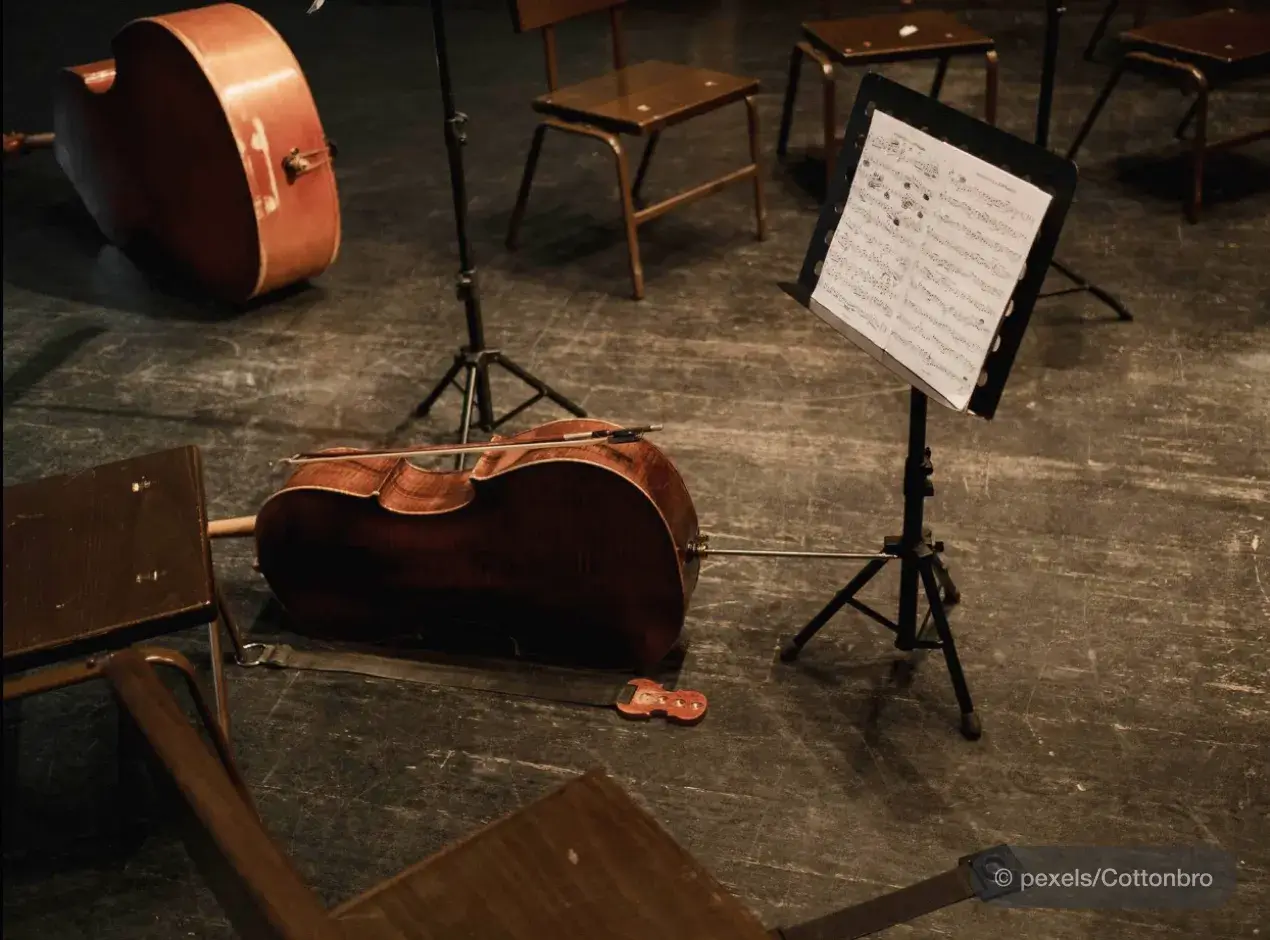
If you are an adult beginner, you may know how to read a little bit of music already.
If you do not know at all - that’s completely fine, as well!
Our courses will introduce you systematically to the theory aspect of music, teaching note reading from the very start.
And then reinforce each new note or concept in the next few pieces you will learn.
If you are hoping to learn as much as possible on your own, these courses will help you best.
Maintaining Your Violin As A Beginner
Just like your car, your violin needs regular servicing to ensure it runs smoothly.
We recommend getting into good cleaning habits from the get-go. Here are some quick tips:
Clean your violin every time you play.
Wipe the strings, fingerboard, and body clean of fingerprints and oil from your skin, and restrict the chance of dust building upon either the strings or the body.
Your bow should always be stored without tension. When winding it up to play, usually the best tension is when just the tip of your index finger can fit between the stick and hair at the middle of the curve.
Another way to tell if it has a good tension is to draw the bow across your strings at about mezzo-forte (just moderately loud).
If the stick is dragging on the strings, instead of just the hair touching them, then it needs to be tightened a little more.
Sometimes the bow hair can stretch due to weather, and if it stretches too far you may need to replace the bow (or rehair it if it is of a price value that justifies rehairing).
In times of weather change, atmospheric pressure variation, extra humidity, or extreme dryness, your violin and bow will change and perform differently.
Always try to keep your violin and bow in a safe place to avoid unnecessary temperature changes.
What Violin Accessories Do You Need To Buy?
Some great accessories to help you get started are a Shoulder rest (absolutely essential), Metronome, Tuner, Rosin (essential), Music stand (essential), and Violin humidifier, a must in dry weather.
A violin stand can be very helpful: because when it’s left out we more frequently pick it up!
However, in times of change whether you should store the violin in its case as a buffer against sudden changes.
So go on, try it out on our platform and we promise that your learning will be smooth, exclusive, and full of remarkable success.
So, that was the beginner’s guide to the musical instrument Violin, for you.
If you wish to learn more, explore ipassio’s online Violin lessons that are available and cover different genres.


